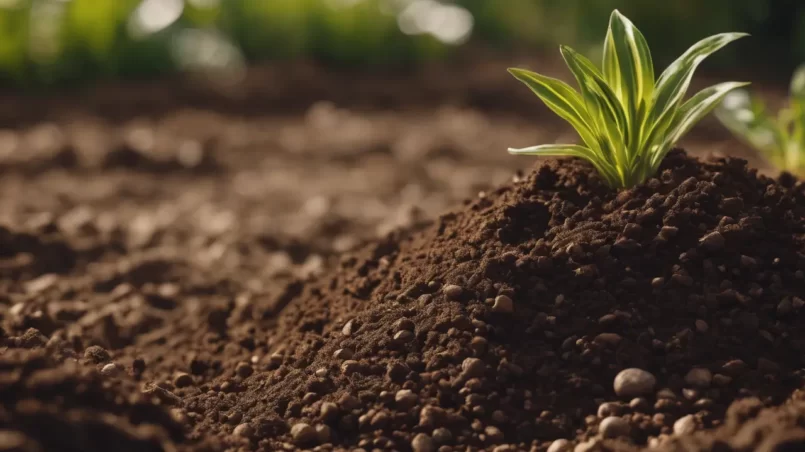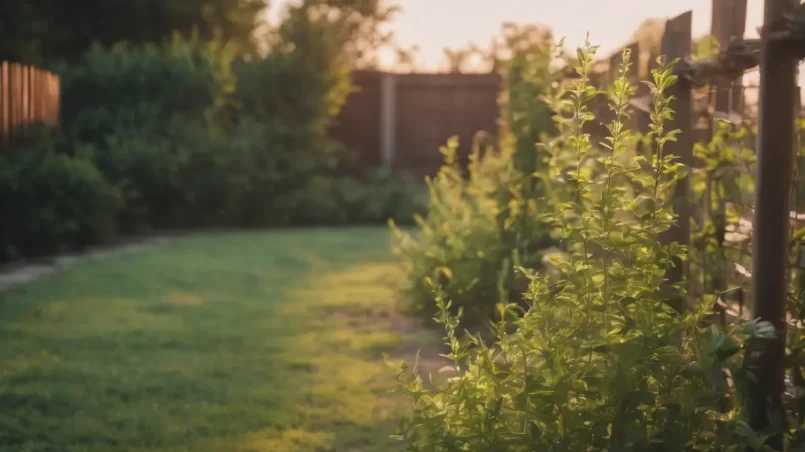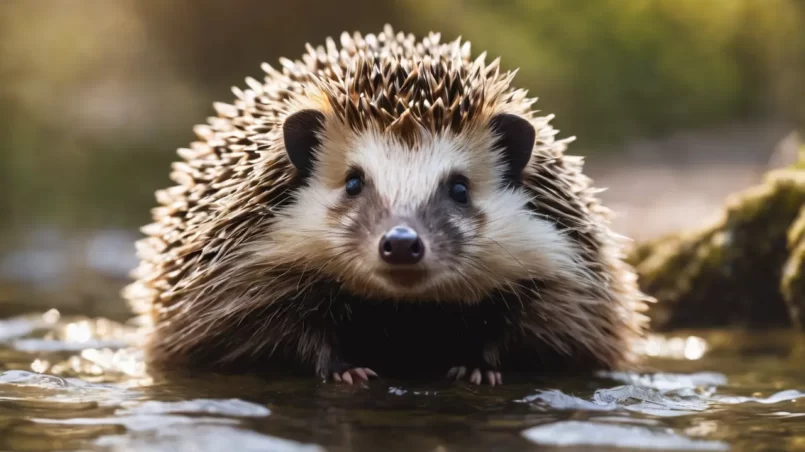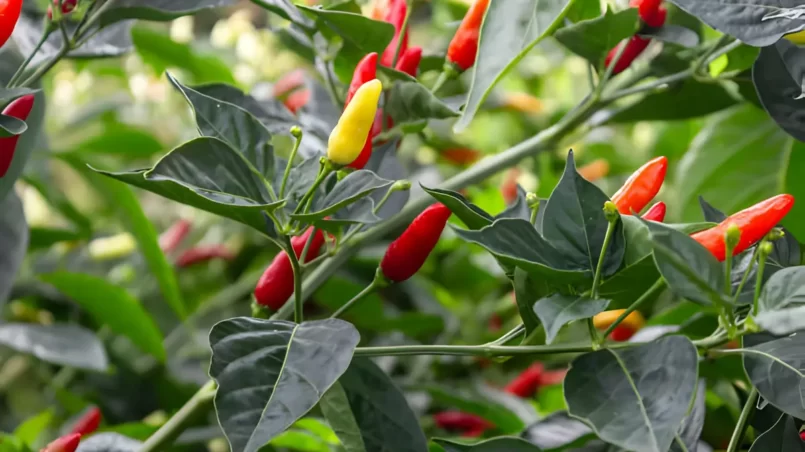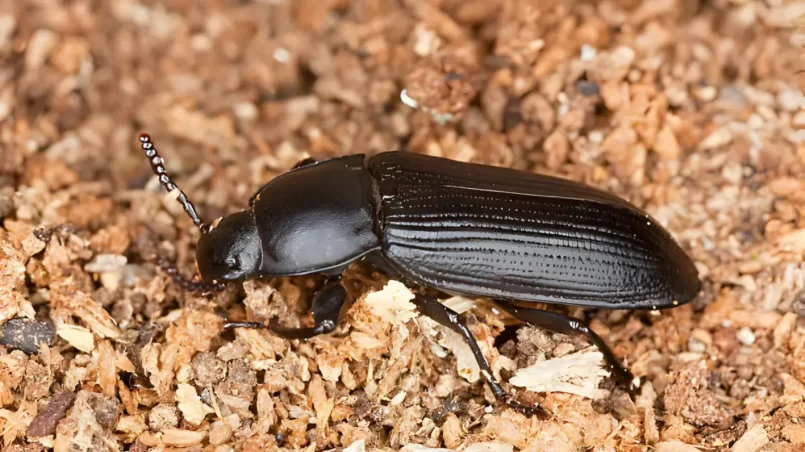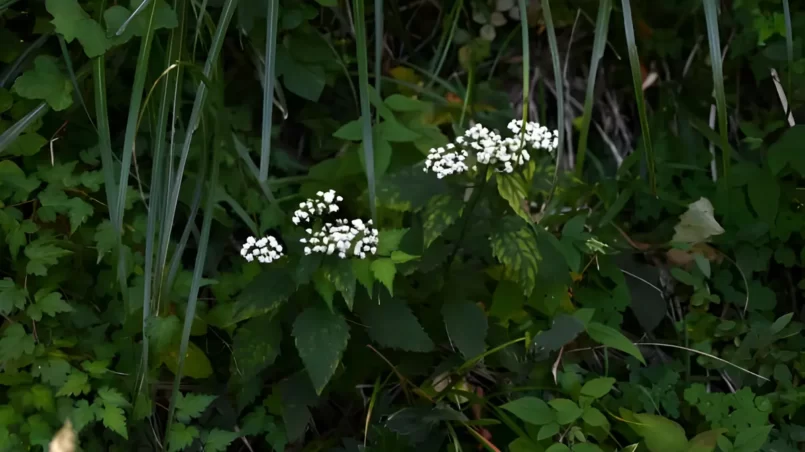Soil compaction is a crucial process in gardening and landscaping, involving the densification of soil particles to reduce air gaps. This practice strengthens the soil, making it more stable and suitable for supporting plants, lawns, and structures. Compaction increases the load-bearing capacity of the soil and prevents settling and erosion. Understanding when and how to compact soil properly is key to successful garden and landscape projects, ensuring a solid foundation for growth and...
Category - Gardening
Planting along a fence line can transform the borders of your property into an attractive and functional part of your garden. Whether you seek to create a natural privacy screen, enhance the aesthetic appeal of your garden, or establish a beneficial ecological niche, the right choice of plants can make all the difference. This article delves into a variety of plants ideal for fence lines, tailored to different needs and environments, and provides practical tips for their care and...
Hedgehogs, with their distinctive spiny coats and endearing faces, have captured the hearts of many as unique and charming pets. A common query among hedgehog owners revolves around their ability to interact with water, particularly swimming. Despite popular belief, hedgehogs have more to their relationship with water than meets the eye. This article aims to explore the aquatic abilities of hedgehogs and address common misconceptions. Hedgehogs: Natural History and Behavior Hedgehogs...
Tabasco peppers, known for their vibrant red color and intense heat, are a staple in many culinary traditions around the world. Originating from the Tabasco region of Mexico, these small, fiery peppers have a Scoville heat unit ranging from 30,000 to 50,000, making them significantly hotter than jalapeños. In this article, we’ll dive into the various ways to grow, prepare, and utilize Tabasco peppers, showcasing their versatility beyond just spicing up dishes. Growing Tabasco...
Mealworm beetles, scientifically known as Tenebrio molitor, are a common species often encountered in various environments, from the wild to controlled breeding settings. Recognized primarily for their larval stage, used as a protein-rich feed in pet care and farming, understanding the full capabilities of these insects, including their adult form, is essential. This article aims to shed light on a frequently asked question about mealworm beetles: their ability to fly. The Mealworm...
White Snakeroot (Ageratina altissima), a common plant in North America, is often recognized for its clusters of small, white flowers. While it adds beauty to natural landscapes, there is growing concern about its toxicity, particularly the risks associated with touching the plant. This article aims to explore the toxicity of White Snakeroot, focusing on whether it is poisonous to touch and the precautions that should be taken when handling it. White Snakeroot White Snakeroot is a...

